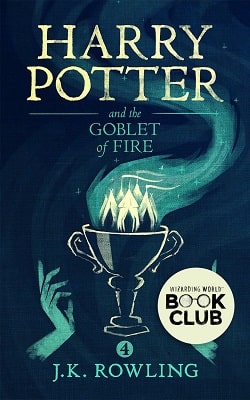Rock fever was the island equivalent of cabin fever—the overwhelming feeling of being stuck in a small place for too long.
“Now, that’s just not possible!” she said, smiling. “You’ve been visiting us how long?”
“Almost six months now. Two weeks every month.”
He leaned two white plastic tubes that were four feet in length and six inches in diameter against the counter.
“More blueprints?” she said.
“And architectural renderings. My cross to bear, if you’ll pardon the pun.”
She smiled. “Oh, I’m sure it is going to be even more beautiful when you’re finished.”
Garvey—an architect who held degrees in art and in history, as well as a master’s in business administration from the University of Pennsylvania’s Wharton School of Business—had been hired as chief architect to ensure that the updating of Saints Peter and Paul Cathedral remained historically faithful. Built in the mid-1800s, its ceilings and walls were covered in massive murals that portrayed a dozen scenes from the Old and New Testaments. Saints Peter and Paul—on Kronprindsens Gade in Charlotte Amalie, at the foot of Frenchman Hill, not two hundred yards from the scenic harbor’s edge—served as the Virgin Islands seat of the Roman Catholic diocese.
As with all his restorative work, this project had required a great deal of research, which entailed traveling to the Virgin Islands regularly. That of course had triggered the usual expected comments from family and friends about having to quote unquote work in the beautiful Caribbean.
“Another lousy day in paradise, huh, John?”
But that had not been the reality of the situation.
He had, in fact, spent an inordinate amount of time in dark pockets of the buildings, examining construction methods—it originally had been built with stone quarried from the island, but over time new additions employed new methods—testing the load-bearing walls, even doing samplings of mortar to gauge the level of deterioration. Then there were the delicate murals themselves to consider.
By the end of the day, he was simply exhausted and headed to the hotel, which in no time had begun to feel more or less like any other hotel—a bed, a bathroom, a TV, a dusty Bible in a side-table drawer.
Instead of the sunny Caribbean it could just as well have been dreary Camden on the Delaware.
He did try to get out, break up the pattern. And, over time, he had become friendly to varying degrees with the locals. Ones at the church, of course, but also ones frequenting local spots, like the SandBar Grill, which was the next block over from his small hotel.
Two days earlier, as he had left the cathedral for the ten-block walk to his hotel, he heard his name called by a familiar voice.
He turned to see Jack Todd approaching. Captain Jack was one of what the locals called a “continental,” someone from the States, visitors either with the means to stay in the islands for a long period or working at seasonal jobs.
A backslapping friendly type, Todd—who Garvey guessed was probably forty but could have been younger; his deeply tanned skin had been severely damaged and aged by the sun—had said that he was from Texas and worked on charter sailboats. How often he sailed, Garvey couldn’t say. Captain Jack always seemed to be at the bar, in his usual shorts, T-shirt, and flip-flops, making friends and passing out business cards.
“Hey, John!” he had said, patting him on the back. “Let me buy you a drink.”
—
Captain Jack grabbed two mugs of St. John’s Mango Pale Ale draft at the SandBar Grill’s bar and carried them to John Garvey. He was sitting at a corner table on the SandBar Grill’s patio. It had a view of the big harbor, the seaplane and helicopter ports, and the main airport itself.
“And you leave again tomorrow?” Todd said, making it more a statement than a question.
“That’s right. But I’ll be back. Like clockwork.”
Todd nodded. “Yeah. I know.”
What does he mean by that? Garvey thought.
Todd then reached down and produced from the floor a dirty manila envelope. He held it out to him.
“What’s this?” Garvey said, putting down his beer mug.
“Open it,” Todd said coolly, motioning at it with his hand.
Garvey carefully peeled back its flap. He reached in and removed a short stack of five-by-seven photographs. They were not on slick photo paper. Instead, they had been printed on a standard color printer on regular white paper, two images per page, and the page torn to separate the photos.
“Sorry that the quality of the pictures is so crappy,” Todd said. “But you get the idea.”















